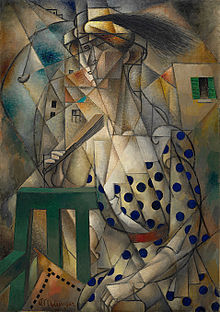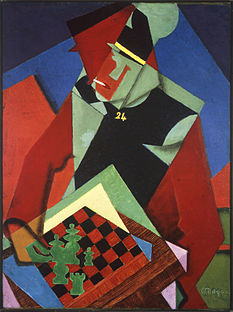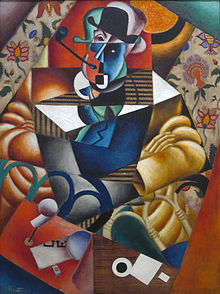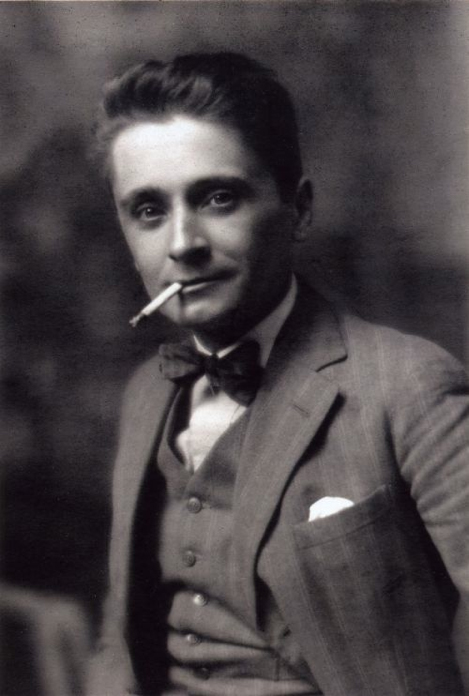Jean Metzinger
October 3, 2019
If someone developed a new style in his trade, would he impress you? Perhaps, an individual who influenced quantum mechanics would dazzle you. Maybe, someone who was acquainted with one of the prominent people of his time would awe your senses. If you find any of these traits impressive, you would certainly consider Jean Metzinger to be one of the most interesting men to ever live.
Born on June 24, 1883, in Nantes, France, Jean Metzinger came from a prominent military family. His great-grandfather, Nicolas Metzinger, served under Napoleon Bonaparte. Furthermore, Jean’s grandfather had a street named after him in Nantes.
In his early life, Metzinger knew what he wanted to do. With his interest in math and painting, Metzinger landed himself a spot in Académie Cours Cambronne at the age of seventeen. However, the academy taught an older style of painting while Metzinger became more interested in more modern forms of sketching.
At the age of twenty, Metzinger moved to Paris, sending three of his paintings to an exhibition there. Metzinger’s time in Paris would be fruitful. After meeting with Max Jacob in 1908, Metzinger soon found himself painting with Georges Braque and Pablo Picasso. Picasso influenced Metzinger’s art for a multitude of years, and in 1910 he had his initial debut at Salon des Indépendants.
One year later, in 1911, Metzinger, Robert Delaunay, Albert Gleizes, and Fernand Léger showed off a new style at Salle 41 in Salon des Indépendants–“Cubism.” In Cubism, instead of using normal brush strokes to add perspective, an artist would instead use geometric cubes to give the portrait the desired dimension. This new style wasn’t well received at first, but soon became well-liked in the eyes of critics and the public.
The following year, Metzinger met with Gleizes once again and the two collaborated, writing a novel on the avant-garde world of Cubism. The book the two artists wrote went deep into the fundamentals of Cubism.
During this time, Cubism became more popular in the art world. Guillaume Apollinaire, a poet, praised Metzinger’s art by describing it as looking like, “The sky at night: when cleared of the clouds, it trembles with lovely lights.”
Even Niels Bohr, a founder of quantum mechanics, hung Woman with a Horse, one of Metzinger’s paintings, in his office. Bohr then stated that the point of view effect used in Cubism helped develop a role in the quantum theory.
Later, in Metzinger’s life he would serve with France in the First World War. He survived and continued to hold many solo expeditions. Eventually, in 1923, Metzinger would stray further from Cubism and instead practice Realism. After painting for the remainder of his life, Metzinger died in 1956 at the age of 73.
Metzinger truly did live a great life. While he met with legendary artists, he built a name of his own. Metzinger not only developed a style of his own and influenced science, but also cemented himself as one of the most interesting men to ever live.
With great pieces like Soldier at a Game of Chess, and Woman with a Fan, Metzinger’s art stands out before other pieces, and awarding you with eye-candy. The colors he used glow and spark as they draw you in. 
However, the artist is rarely as interesting, if not more, than the art they create. Metzinger once said, “The portrait of a commonplace person can astound us with an air of distinction, reminding us that the best portrait is that which resembles the painter, not the model.” Surely, with a quote like that, Metzinger could have been talking about himself.






jswander • Oct 11, 2019 at 1:51 pm
Amazing how “Cubism” was discovered–certainly shows in those pics you included. Thanks, Luke!